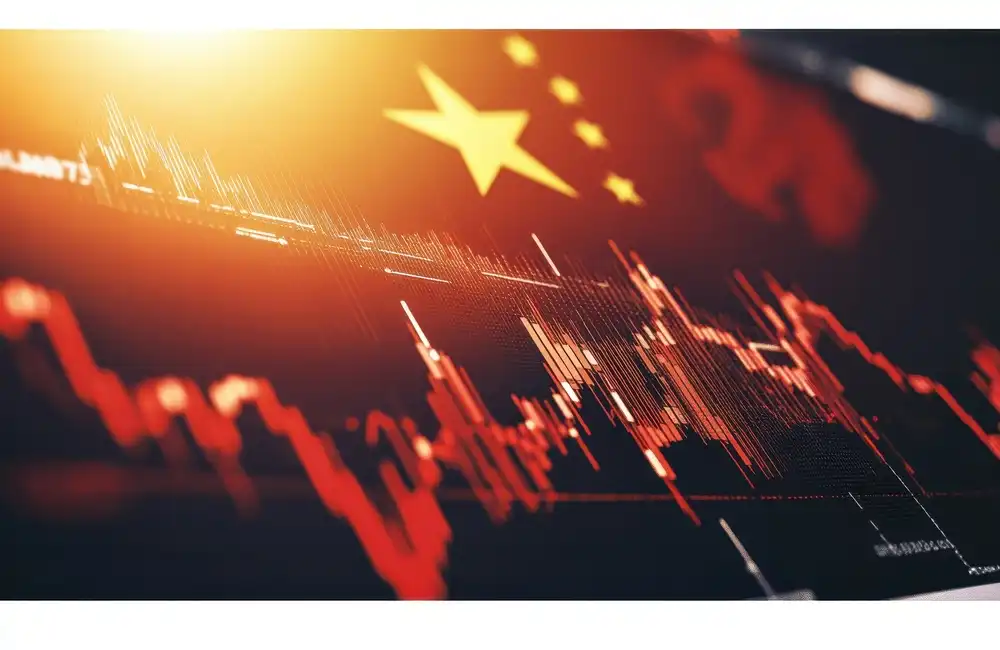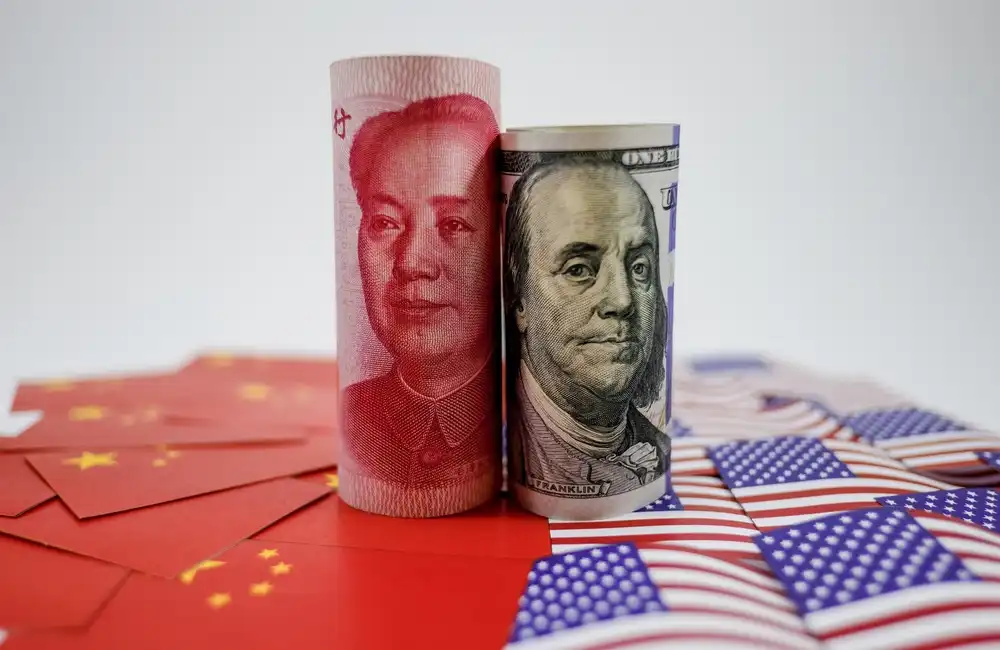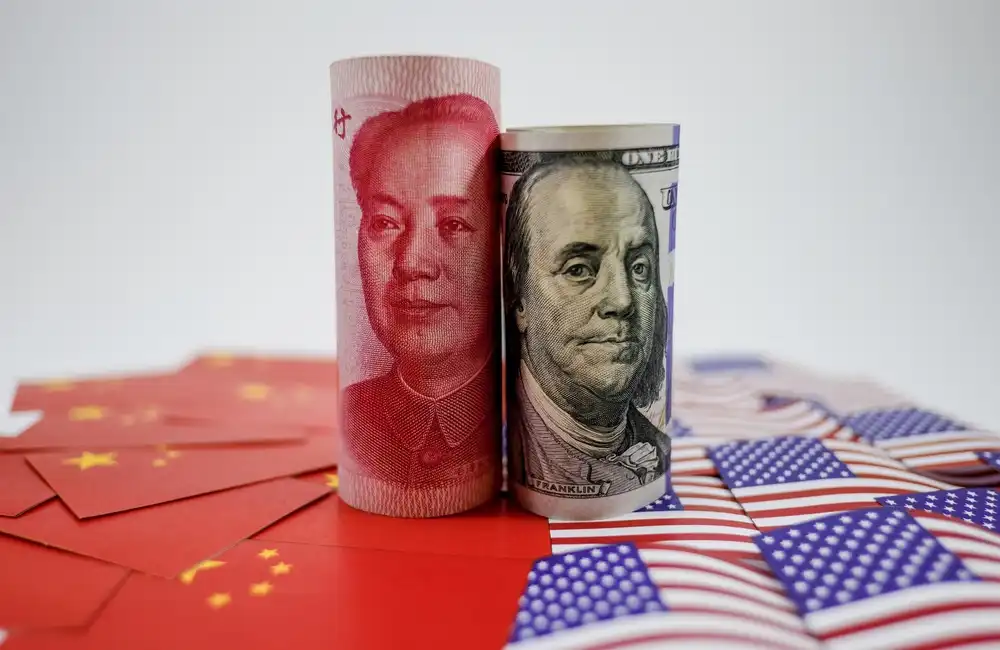China remains an integral player within the global economy, and any fluctuation in its economic indicators tends to garner attention worldwide.
Recently, the spotlight has been on a noticeable drop in factory-gate prices in China. To bring clarity, we break down the causes, implications, and potential global ripple effects of this development.
What Are Factory-Gate Prices?
Factory-gate prices, officially termed as the producer price index (PPI), indicate the cost of goods at the point of production, before reaching wholesalers and retailers.
A decline in the PPI signals deflationary pressures, suggesting that manufacturers may be cutting prices to stimulate demand or cope with economic challenges.
Why Are China’s Factory-Gate Prices Dropping?
1. Weak Domestic Demand
Post-pandemic recovery has underperformed, with cautious consumer spending and debt restructuring in key industries dampening demand.
2. Global Slowdown in Demand
Weaker export orders from Europe and the US have led to inventory surpluses, prompting price reductions by manufacturers.
3. Industry Overcapacity
Excess production in sectors like steel, electronics and machinery diminishes pricing power and forces discounts to clear stock.
4. Falling Energy and Commodity Prices
Lower input costs have often been passed on to buyers rather than retained as profit margins, reinforcing price declines.
Domestic Consequences
Deflation in factory-gate prices strains industrial profits, especially for SMEs operating on slim buffers.
Persistent declines risk broader deflation, which can dampen investment and prolong economic slowdown.
The government may respond with stimulus measures like rate cuts, VAT relief or infrastructure spending to stabilise growth.
Implications for Global Markets
1. Export Competitiveness
Lower prices make Chinese exports more competitive, easing inflationary pressures for importers worldwide.
2. Impact on Global Manufacturers
Overseas producers may need to adjust pricing or cut costs to compete with cheaper Chinese goods.
3. Ripple Effect on Commodity Markets
Reduced PPI can exacerbate volatility in commodity-exporting nations reliant on Chinese demand for raw materials.
4. Shifts in Global Inflation Trajectories
Easing Chinese producer prices may help lower global inflation, though prolonged deflation could pose growth risks.
What Lies Ahead?
Policymakers face a balancing act between stimulating growth and implementing reforms to prevent industrial stagnation.
For global buyers, cheaper input costs offer potential advantages amid domestic inflation challenges.
Businesses and investors must monitor stimulus actions, trade relation shifts and commodity market signals to navigate this period of flux.
Final Thoughts
Understanding China’s factory-gate price slump is crucial for recognizing its broader global impacts.
By staying informed and agile, organisations can reassess supply chains, exploit pricing advantages and align strategies with emerging market conditions.
For tailored insights into global market trends and business readiness, connect with our experts today.



















